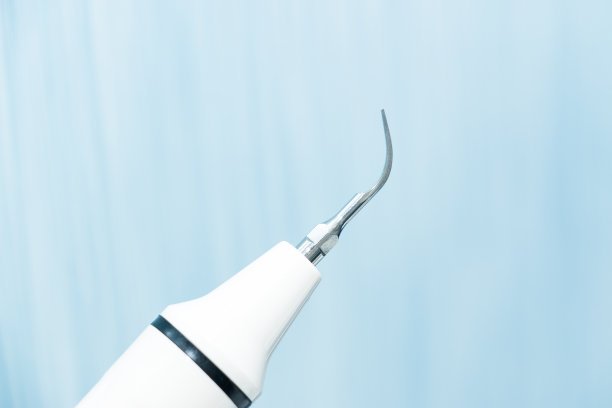Essential Steps and Considerations to Ensure Success After Your Dental Filling Procedure
Summary: After undergoing a dental filling procedure, it is crucial to be well-prepared to ensure optimal recovery and the long-lasting success of the filling. This article outlines essential steps and considerations that patients should follow post-procedure. Key focus areas include post-treatment care, awareness of potential complications, dietary recommendations, and regular follow-up appointments. Implementing these guidelines can significantly enhance the durability of your filling and overall dental health, ultimately leading to fewer future dental issues. Understanding these factors will empower patients to make informed decisions about their aftercare and oral hygiene practices.
1. Proper Post-Treatment Care Guidelines

Immediately following a dental filling procedure, the patient should prioritize proper care to ensure successful healing. Maintaining an appropriate oral hygiene routine is vital, which includes gentle brushing and flossing around the filling area. It is essential to navigate cautiously, particularly during the initial 24 hours, to prevent any dislodging of the material.
Moreover, keeping the mouth clean helps avert the risk of infection and maintains the integrity of the filling. Patients are encouraged to continue their regular brushing routine, but they should do so with care around the treated area. Using a soft-bristle toothbrush might be advisable during the first few days to minimize discomfort.
Additionally, patients should avoid touching the filling with their tongues or fingers. Taking care not to disturb the area promotes better healing and preserves the longevity of the filling.
2. Recognizing and Addressing Possible Complications
Post-filling, patients must be vigilant about unusual sensations or complications. Some common side effects include sensitivity to hot or cold temperatures, which may occur as a natural reaction to the filling material. However, if sensitivity continues for more than a few weeks, it may signal a need for follow-up with the dentist.
Another potential issue to be aware of is the occurrence of a loose filling, indicative of poor adhesion or material failure. If a filling feels loose or detached, patients should contact their dental professional promptly to address the issue.
In rare instances, pain can arise in the tooth or surrounding gums due to an allergic reaction or complications from materials used. Recognizing such complications early is essential for intervention, ensuring the overall health of the tooth and surrounding dental structures.
3. Dietary Recommendations for Optimal Healing
Nutrition plays a crucial role in the healing process after dental treatment. It is essential to adhere to specific dietary recommendations to support recovery. In the initial 24 hours following the procedure, patients should steer clear of extremely hot or cold foods and beverages to minimize sensitivity and discomfort.
Soft foods are highly recommended during the early stages of recovery. Foods like yogurt, mashed potatoes, and soups can provide necessary nutrients without placing undue strain on the filling. Chewing on the side opposite the filling can further reduce discomfort and potential damage.
After a couple of days, patients can gradually reintroduce their regular diet but should continue to avoid hard or sticky foods that may dislodge or damage the filling. Long-term dietary habits should emphasize tooth-friendly foods, like fruits and vegetables, to promote overall oral health.
4. Importance of Regular Follow-Up Appointments
Regular follow-up dental appointments are indispensable for assessing the condition of fillings and overall dental health. Most dental professionals recommend scheduling a check-up within six months to one year after the filling procedure. This appointment allows the dentist to evaluate not only the fillings integrity but also the surrounding gums and teeth.
Dentists can spot early signs of complications or concerns during these regular visits, allowing for timely intervention. Moreover, these appointments serve as an opportunity for patients to discuss any discomfort or changes theyve experienced since the filling.
Maintaining consistent communication with your dental healthcare provider can significantly enhance the sustainability of dental work. Developing a long-term dental care plan based on follow-up results can empower patients to maintain a healthy smile.
Summary:
To ensure success after a dental filling procedure, patients should adhere strictly to proper post-treatment care, remain vigilant about potential complications, follow dietary recommendations, and attend regular follow-up appointments. These essential steps significantly contribute to the fillings longevity and overall oral health.
This article is compiled by Vickong Dental and the content is for reference only.



